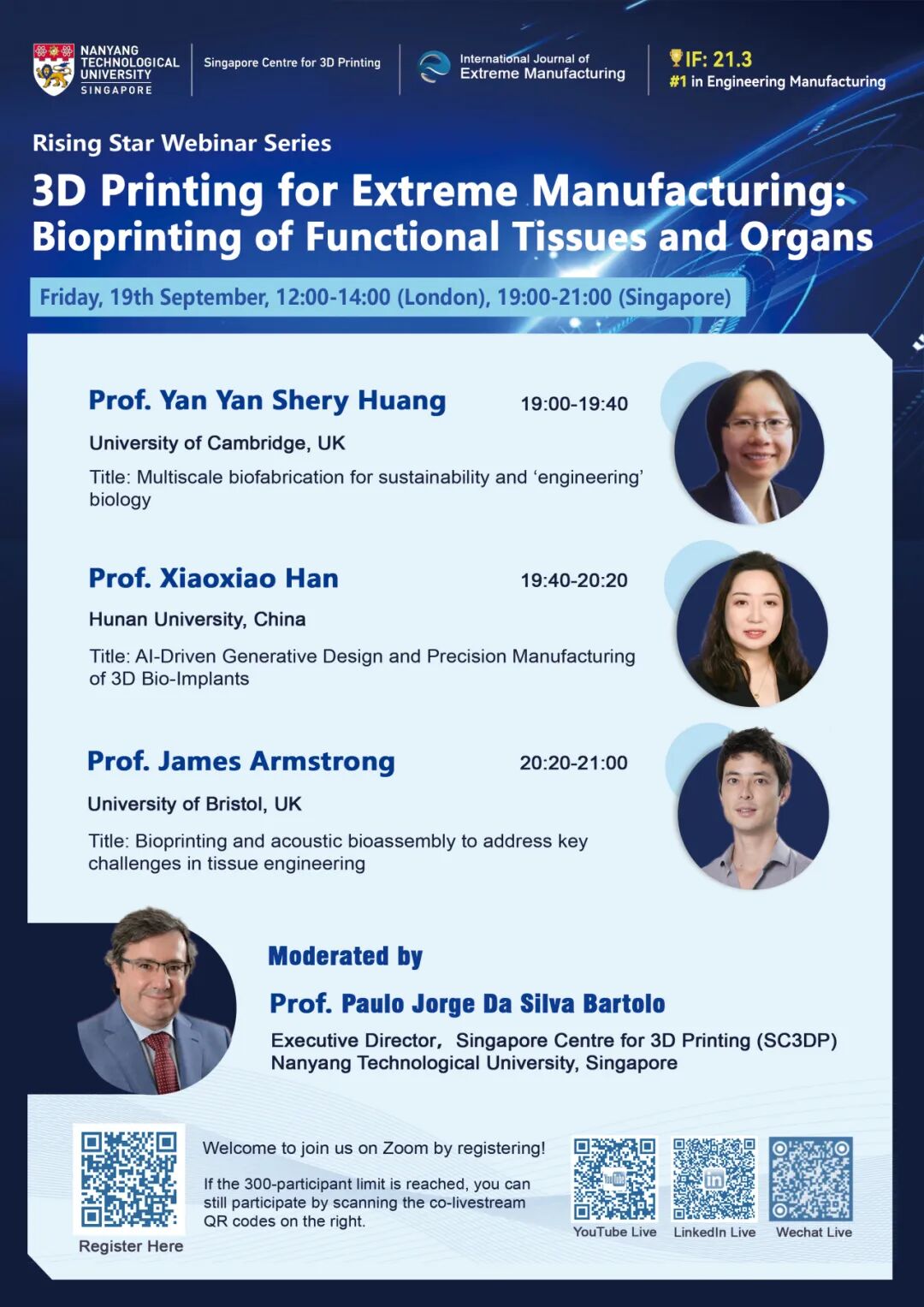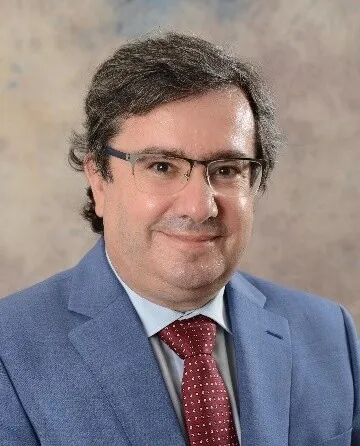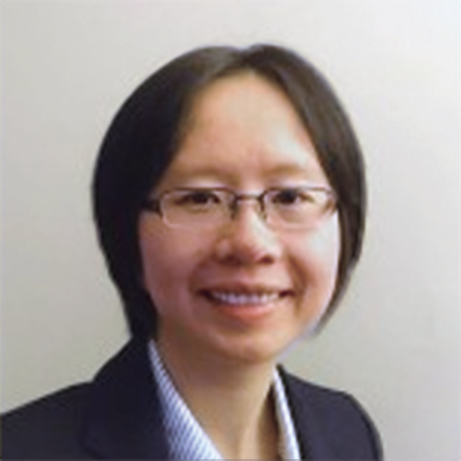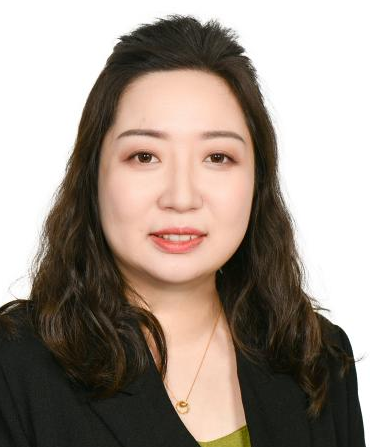博文
“功能组织与器官的生物3D打印”在线论坛
 精选
精选
||

论坛主题
“功能组织与器官的生物3D打印”在线论坛
形式及时间
线上,2025年9月19日(周五)
北京时间 19:00-21:00
举办单位
主办:新加坡3D打印中心,南洋理工大学
支持:《极端制造(英文)》期刊
预约方式
1. 注册预约ZOOM直播

https://event.ntu.edu.sg/3D_Printing_For_Extreme_Manufacturing
若ZOOM预约人数已达上限(300),您可以点击下方预约直播或扫描下方二维码参与。
2. 点击预约视频号直播

主持人
2025.09.19

Paulo Jorge Da Silva Bartolo
Singapore Centre for 3D Printing (SC3DP), Nanyang Technological University, Singapore
报告简介
2025.09.19

Yan Yan Shery Huang
University of Cambridge, UK
19:00-19:40
报告题目
Multiscale biofabrication for sustainability and ‘engineering’ biology
报告摘要
The impact of technology on the life science and biomedical field has been truly remarkable. Whilst these innovations have direct health and economic benefits in the near and intermediate terms, current life science discovery and medical research development could be resource and carbon intensive, which might not be sustainable in the long term. This presentation will illustrate my group’s research work on three themes (i) organ-on-a-chip, organoid, tumoroid bioassembly; (ii) biomimetic 3D printing and machine learning co-modelling for ethical clinical informatics; and (iii) fibre biofabrication for wearable sensors and bioelectronics. I will also discuss an outlook on how multiscale biofabrication can be harnessed to broaden the impacts of system ‘engineering’ biology - through creating more complex in vitro models, and to make sustainable e-textile or imperceptible bioelectronic interfaces for living systems.
个人简介
Shery completed her MEng degree in Materials Science and Engineering from Imperial College London in 2007. With a Cambridge Gates Scholarship, she then pursued a PhD in Physics at Cambridge, focusing on carbon nanotechnology and experimental soft & biological matters. She was a visiting researcher at University of Texas at Austin (2008). After graduating from the PhD in 2011, she was awarded an Oppenheimer Fellowship and a Homerton College Junior Research Fellowship. she started as a Lecturer (Assistant Professor) in Bioengineering at Cambridge in Aug 2013. As Oct 2022, she is the Professor of Bioengineering at the Department of Engineering, Cambridge.

Xiaoxiao Han
Hunan University, China
19:40-20:20
报告题目
AI-Driven Generative Design and Precision Manufacturing of 3D Bio-Implants
报告摘要
The rapid development of 3D bioprinting and bioimplants is limited by uncontrolled polymer degradation, low precision, weak vascularization, and poor long-term functionality. To address these challenges, we have established a theoretical framework for biodegradable polymer modelling, incorporating crystallization effects into polymer degradation and explaining critical size-dependent phenomena. In parallel, we developed multi-physics models for cell-laden scaffolds to reveal how structural parameters regulate oxygen diffusion, cell growth, and tissue functionality. Leveraging AI-based generative self-assembly design, our team has achieved multi-functional, patient-specific implant architectures that integrate mechanical, biological, and degradation properties. On the fabrication side, we pioneered high-fidelity photopolymerization printing through simultaneous photoabsorption and radical scavenging, enabling hydrogel printing at nearly optical resolution, as well as rapid volumetric bioprinting technologies for complex large-scale constructs. These approaches have been validated in applications such as vascularized liver tumor models, spinal cord injury repair, and orthopedic fusion devices, forming a translational pipeline from materials–structures–applications. Together, this research establishes a comprehensive platform for AI-driven design and precision manufacturing of 3D bioimplants, with broad implications for regenerative medicine, disease modelling, and clinical translation.
个人简介
Xiaoxiao Han, Ph.D., FHEA, Professor, is currently Vice Dean of the College of Mechanical and Vehicle Engineering at Hunan University. She was previously a Lecturer at Loughborough University, UK. In 2019, she joined Hunan University and started the research group of Advanced Design and Manufacturing for Precision Biomedical Devices. Her research focuses on the integrated mechanism of “materials–structures–applications” in bioimplant construction, covering light- and extrusion-based 3D bioprinting, biodegradable polymers, and biomedical engineering. She proposed a high-precision light scattering suppression mechanism that enables hydrogel printing at nearly optical resolution and successfully constructed vascular networks and multi-scale scaffolds. She has led and participated in numerous international, national, and provincial projects, published extensively in journals such as Nature Communications, Advanced Materials, and Biomaterials, and holds several national patents with technology transfer exceeding RMB 20 million. Her team collaborates with leading hospitals and enterprises, forming a full-chain innovation ecosystem from basic research and technological development to pre-clinical validation and industrial translation.

James Armstrong
University of Bristol, UK
20:20-21:00
报告题目
Bioprinting and acoustic bioassembly to address key challenges in tissue engineering
报告摘要
My research group is focused on developing new bioengineering technologies that can provide control over the assembly of biomaterials and engineered tissues for in vitro biological modelling and regenerative medicine (for more details see www.TheArmstrongGroup.co.uk). In this talk, I will first discuss our interest in the engineering of 3D neurovascular tissues for in vitro modelling, an active collaboration with Professor Liliang Ouyang at Tsinghua University. Here, we have implemented a number of bioprinting advances, including a method for engineering vasculature termed in situ endothelialization (Advanced Functional Materials 2020) and an approach to soft-tissue bioprinting using complementary network bioinks (Science Advances 2021). I will then describe our long-standing interest in the use of ultrasound for tissue bioassembly. I will discuss a technology that we have pioneered that uses high-frequency ultrasound standing waves to rapidly and remotely pattern living cell populations into tunable geometric arrays. I will explore our progress in this area: particularly, in using different biomaterials to encapsulate these cellular assemblies and then exploiting these patterned biomaterials to grow a range of structured artificial tissues with aligned cytoarchitecture, including skeletal muscle (Advanced Materials 2018) and deep-zone hyaline cartilage (Advanced Healthcare Materials 2023). I will conclude with our recent efforts to develop these tools into precision ultrasound assembly of microtissues as a contactless approach to additive manufacturing.
个人简介
Dr. James Armstrong is Associate Professor of Biomaterials and Tissue Engineering at Bristol Medical School in the University of Bristol (www.TheArmstrongGroup.co.uk) Since graduating from his PhD in 2015, he has been supported by consecutive fellowships from Arthritis Research UK (2015-2018), the Medical Research Council (2018-2021), and now a prestigious UKRI Future Leaders Fellowship (2021-2028). These funding awards have enabled him to lead a programme of highly interdisciplinary and collaborative research focussed on using biomaterials, bioprinting, and remote fields to engineer artificial tissues and organoids with structural and functional complexity. He has published 47 peer-reviewed papers, featuring prominently across leading journals (e.g., Advanced Materials, Nature Communications, Science Advances). He is also co-inventor of four patents and co-founder of the University of Bristol spin-out company Impulsonics (www.impulsonics.com), for whom he now serves as scientific advisor.
关于期刊
International Journal of Extreme Manufacturing (《极端制造》),简称IJEM,中国机械工程学会极端制造分会会刊,致力于发表极端制造领域相关的高质量最新研究成果。自2019年创刊至今,期刊陆续被SCIE、EI、Scopus等20余个国际数据库收录。JCR最新影响因子21.3,位列工程/制造学科领域第一。中国科学院分区工程技术1区,TOP期刊。入选中国科技期刊卓越行动计划二期英文领军期刊。
期刊网址:
https://iopscience.iop.org/journal/2631-7990
http://ijemnet.com/
期刊投稿:
https://mc04.manuscriptcentral.com/ijem-caep
作者福利:
• 金色开放获取
• 提供绿色通道快速评审原创突破性成果
• 接收后24h内在线
• 免费全球化宣传推广
• 免费高质量图片编辑与规范化文献校对

https://wap.sciencenet.cn/blog-3563286-1502226.html
上一篇:第六届国际生物设计研究大会第一轮通知